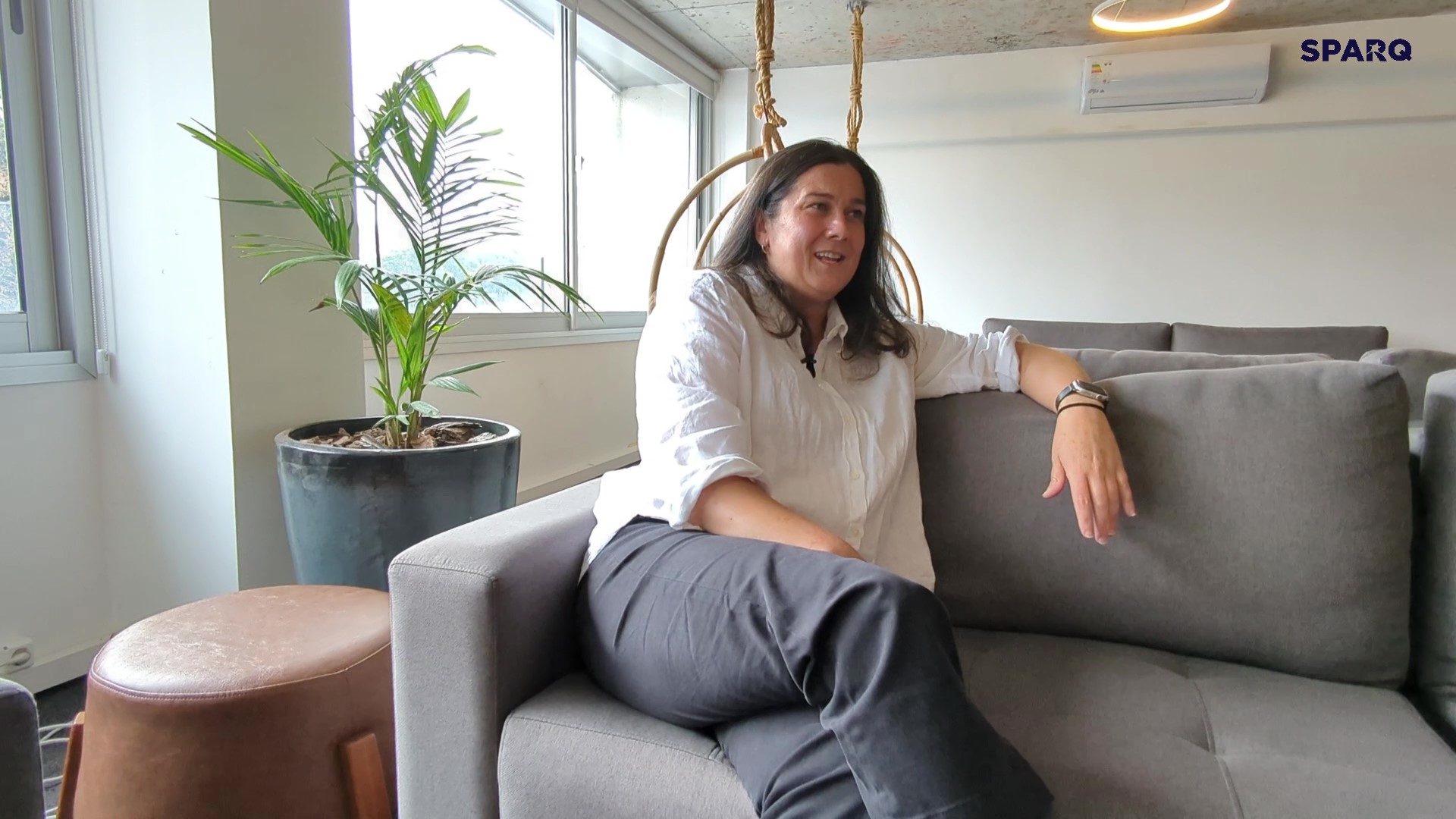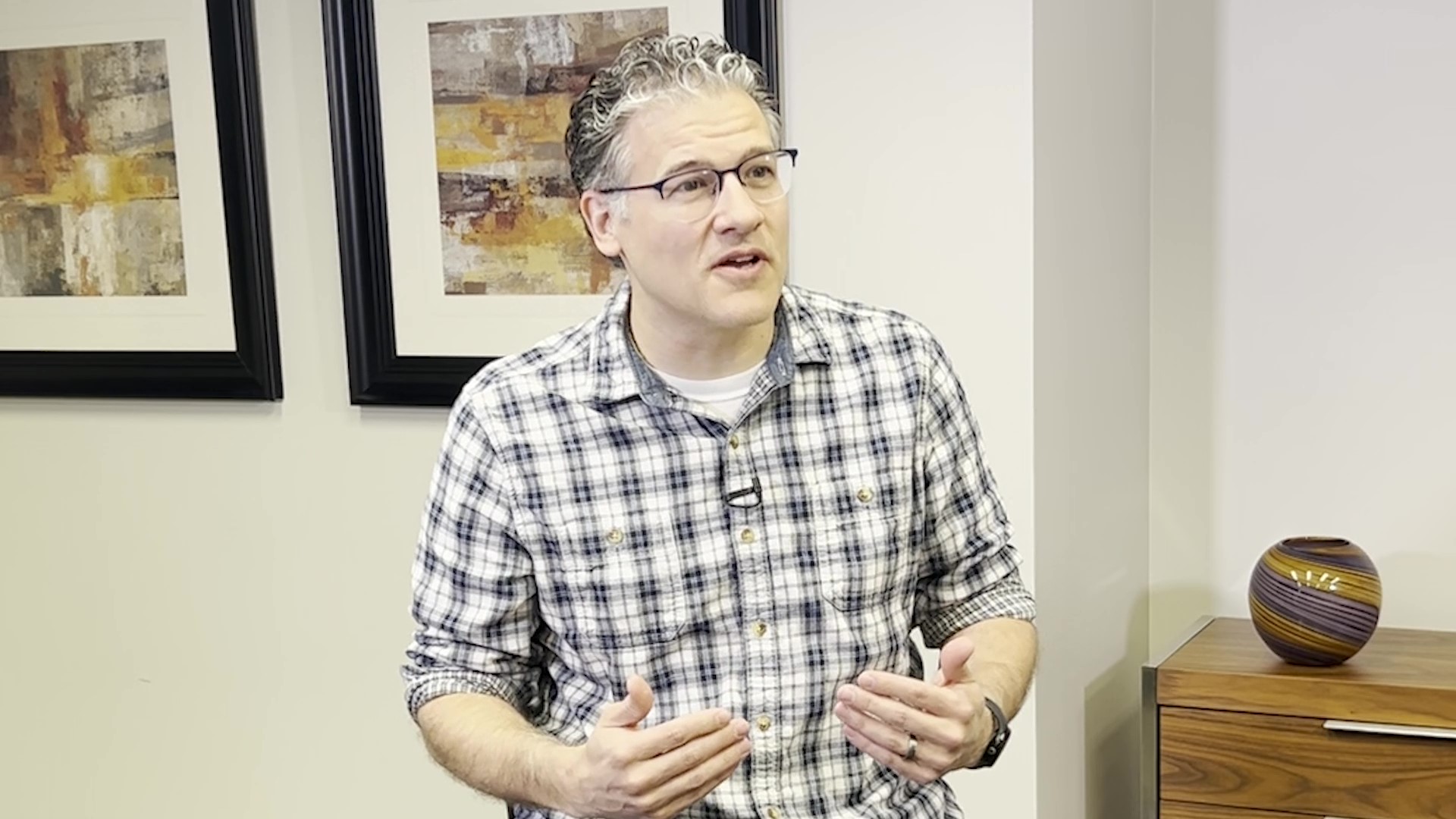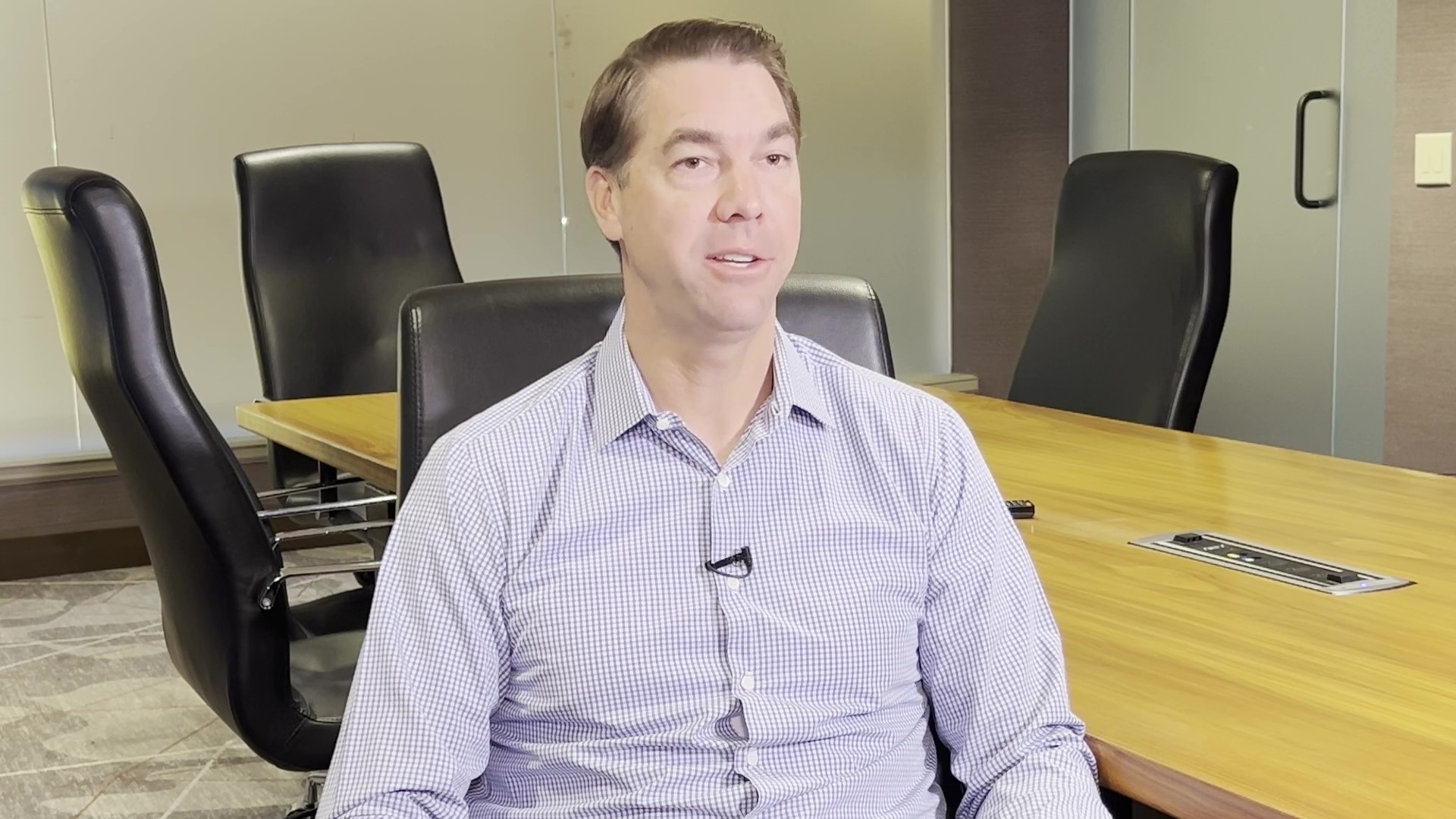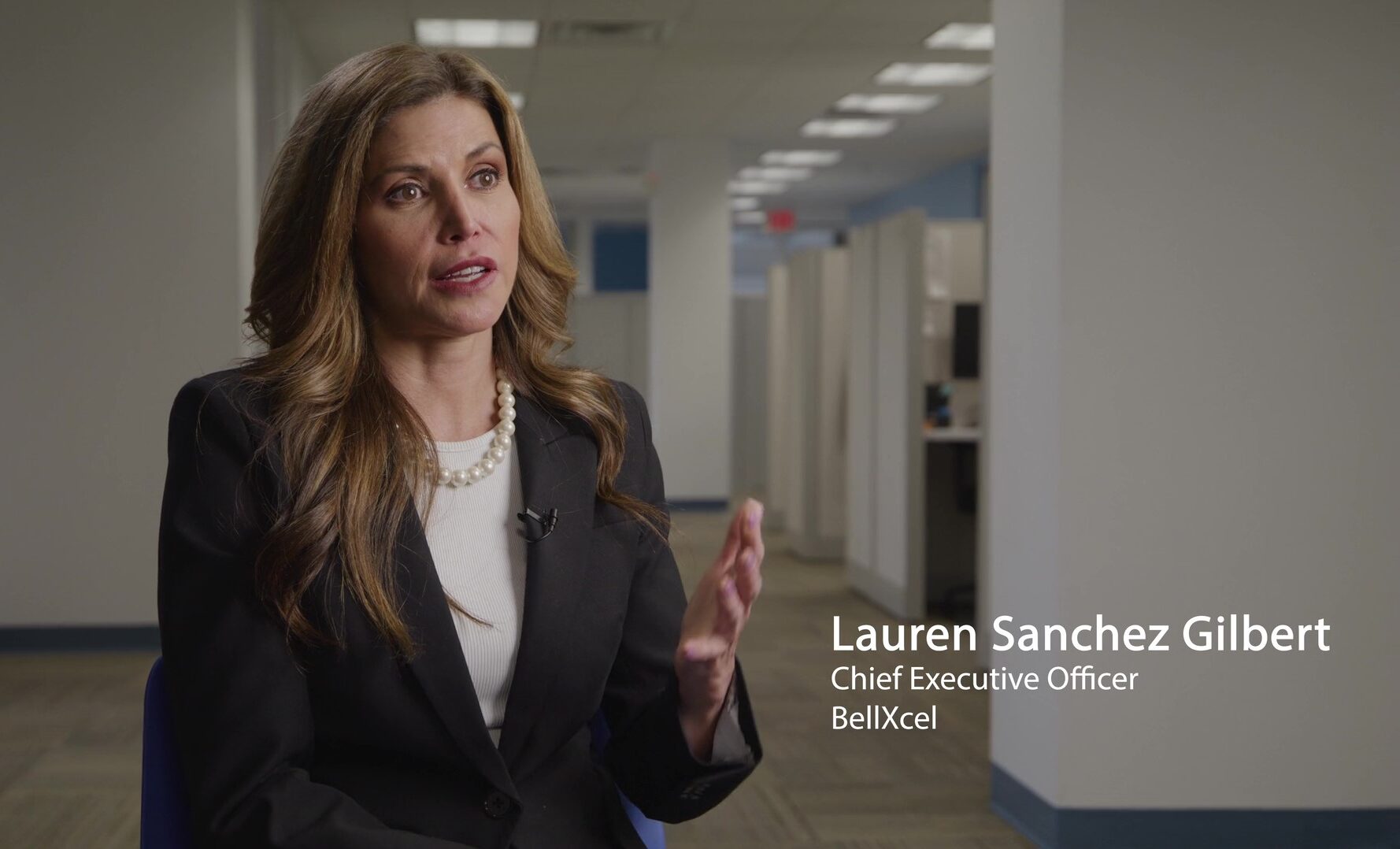In this Tech in 2, Principal Consultant Jeremy Swineheart shares three keys to learning from old code.
A lot of people will look at old code and think, “oh, this is gross” or “who would design something like this?” It’s always the go-to to blame the previous developer, but you’ve got to understand that some of these systems that we’ll get into that are like that have been doing their job for 10 years and sometimes more and that’s impressive! It’s impressive that it’s fulfilled its need and it’s doing what it needs to do. If you think about how 10 years ago the technology was so vastly different that you could really learn from how it was doing and what it was doing with limited information and limited abilities.
Understand Why Code Does Something, Not Just What it Does
If you want to find out why it’s doing what it does, like what’s the real need that it’s solving so then you can better build a system around that need more than just the raw functionality that it was completing. That’s going to leave it open for future growth.
Better Manage Technical Debt to Allow Growth
Keep in mind that there will be next steps and if they get this kind of information, what are they going to want to do with that? What kind of doors is that going to open up into? What kind of reporting or what kind of features and leave that kind of stuff open so that you don’t you don’t code yourself into a box that later on down the road requires a complete rebuild.
Use Upgrades to Rethink How You Solve Technical Problems
A big part of doing upgrades is if you’re going to go through a whole new tech stack or you’re going to upgrade from an older version of something to a newer version, that almost always comes with new features, new built-in tools and opportunities, so then if you’re already going to that upgrade, it just makes sense to try and streamline processes and leave things more dynamic and open yourself up to you know more possibilities.
Everything’s always changing and there’s always going to be a different report needed in a different way or data handled differently it’s so it’s important to try and see what’s coming but then at the same time leave it open for multiple paths.

zSpace Client Showcase
zSpace is a tech company that provides immersive learning experiences using virtual and augmented reality. In this client showcase, Jill Donnelly, Director of Strategic Initiatives at zSpace, discusses why they chose to work with Sparq (after interviewing over 20 potential partners!) and how invaluable our "team perspective" has been to their organization.

AI in UX
For Principal Consultant and UX Design Lead Joe Dallacqua, how to utilize AI in UX is a conversation he’s having every day. In this Tech in 2, Joe shares three ways he’s seeing AI help UX designers become not only more efficient, but more creative as well.

Personalization in Insurance
With so much data at their fingertips, insurers have an exciting opportunity to create a more personalized customer experience. In this Tech in 2, Client Partner John Suminski discusses how when data and the right technologies come together, this synergy can create highly personalized products and pricing.

BellXcel Client Showcase
BellXcel is a nationally-recognized nonprofit that empowers youth program providers with innovative solutions, services and resources that create meaningful impact. Learn how we partnered to build key functionality for the Arly platform, which has successfully reached over 100,000 scholars.
